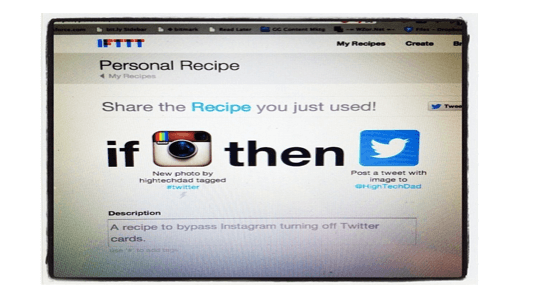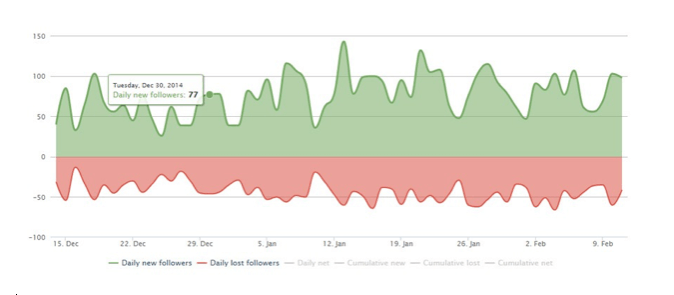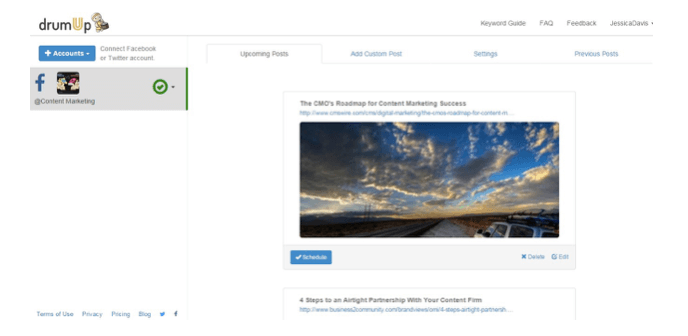Automation has always evoked mixed emotions from the human kind.
We often see it as a replacement of the human element, which we cherish so much.
What we have really seen, though, is that more often than not, automation has enabled humans to do and achieve more.
Human history is a testament to that: It reduces errors, frees us of the mundane and repetitive tasks, and releases time for the really valuable activities.
In recent years, social media automation has been one of the most widely discussed topics in digital marketing circles and with good reason—a number of tools and apps that enable marketers to derive greater value out of social platforms have sprung up, and many have wondered if the automation will just kill the “social” in social media.
Some caution is great, but irrational fear has no place in the hyper competitive and fast moving markets we deal with today.
Social Media Automation Myths Debunked
Social media is— and will always be—about human interaction, but its utility and sphere of influence extends beyond this.
Both individuals and businesses today extensively use social media for news and content discovery.
Social is also a great platform for businesses to interact and engage with their customers and audience.
With so much activity on social media and huge numbers of fans and followers, it’s only but natural that social media power users would need a little bit of help from some smart tools, to not only maintain their presence, but also interact with their audience in a manageable way.
Following are five social media automation myths, and why you should junk your fears and embrace the helping hand of automation for social media management and marketing.
Automation Makes Social Media Impersonal
A poll conducted by Cowen and Company in 2014 revealed that, on an average, users in the U.S. spend almost 42 minutes on Facebook, 17 minutes on Twitter, and 10 minutes on LinkedIn everyday.
Realistically, the chances that your followers will find your content amidst the flood of notifications they receive in that time window are pretty bleak.
The only way to improve your chances of being noticed is to post content at a time when most of your audience is likely to be online.
In effect, your followers’ social activity patterns would determine your posting schedule. And you don’t need an expert to tell you how impractical it would be to keep reminders to post content at specific times during the day.
You need a scheduling app to do this…period!
Contrary to popular belief, using automation is not the equivalent of letting robots talk to your audience.
It’s just a smarter and more effective way of streamlining your social media activities.
Balance your scheduled posts with a few real-time updates every now and then, participate in conversations, respond to comments and you’ll see a nice boost in your social presence.
Using social media automation is all about getting organized and good planning, both of which are critical for effective marketing.
Scheduled Posts Lose Relevance
Scheduling your posts ahead of time simply ensures your social channels have an uninterrupted flow of content.
It renders stability to your social media campaigns and helps keep your accounts buzzing with interesting content even when you need to be away.
In fact, most content you’d like to share with your audience is not time sensitive, and you would definitely get more visibility having it published at the right time.
If scheduled right, automation works just as well for time-sensitive content.
Say, for instance, you’re hosting an event. You will have to begin promoting it on social media at least a few weeks in advance. In which case, posting event updates manually across multiple platforms would just eat into your time.
Automating such updates, on the other hand, would ensure that they’re published at the right time, without delay.
Considering that the best of social media schedules always leave room for ad-hoc posts, there’s always scope for you to share important information with your followers real time, as it happens.
Automation Reduces Your Control Over the Content Published
Social media automation can, and has, unfortunately backfired for some businesses, but that’s not because automation is bad.
It’s because those businesses were careless in using automation.
Keep in mind the social media tools and apps are built to reduce your workload, not eliminate it entirely.
When curating and scheduling posts to be published on your social channels, it’s important you review the content you intend to share.
For example, if you’re sharing an article written by someone else, read through it before you queue it for posting.
If you had to reduce the social scheduling process to three steps, it’d be this:
- Identify relevant and interesting content;
- Review chosen pieces of content; and
- Schedule for sharing.
By curating and scheduling content ahead of time you’ll know exactly what your posts would look like, and you’ll have all the time to review it as well.
Automation is Expensive
It’s true that some social media automation tools could cost between $100 and $2,000 per month—but only some.
There are many great tools that are absolutely free and others are priced very reasonably for light use.
Here are a few tools that deliver great value at zero cost:
- Followerwonk: A social analytics tool for Twitter, it helps you identify people with high social authority (influencers) among your followers. You can also compare your followers with those of your competitors, get a gender-wise break down of your followers, and track the number of followers you’ve gained and lost on a daily basis.
- DrumUp: A content discovery, curation and scheduling app that generates a fresh stream of content everyday for your Facebook, Twitter, and LinkedIn accounts. It also lets you edit queued posts, create and schedule custom posts, and link a blog feed to your social accounts to post automatically. (Disclosure: I’m a co-founding member of the DrumUp team.)
- IFTTT: You can create simple recipes for your social media activities with If this, Then That (IFTTT). It’s an extremely useful tool in automating repetitive actions. For instance, you can automatically share a picture you post on Instagram through Twitter by creating a standard “recipe” for the action.
 Automation is for Lazy Marketers
Automation is for Lazy Marketers
If you’ve read this post up till here, you already know there’s nothing lazy about automation.
Social media automation apps enable you to manage your social presence and marketing campaigns better by cutting down time on repetitive, mundane tasks, so you can plan, get organized, and have a real social media strategy.
All this needs time and thought and social media automation allows you that.
There is no merit in manually managing multiple accounts for your business throughout the day, it will only increase chances of error and result in an unorganized effort.
Folks who shun automation are often slow adopters of technology and in a comfort zone of inefficiency. Technology is an enabler, embracing it to do better and work smarter is the wiser thing to do.
Now that we’ve got these misconceptions out of the way, here’s how you can amp up your social media presence:
- Identify the tasks you can automate;
- Pack your social media arsenal with powerful tools; and
- Balance automation with real-time engagement.
Social media automation can help you achieve your marketing goals quicker and more efficiently. It is however important to use it right and smartly.
What’s stopping you from using social media automation?
image credit: Shutterstock


